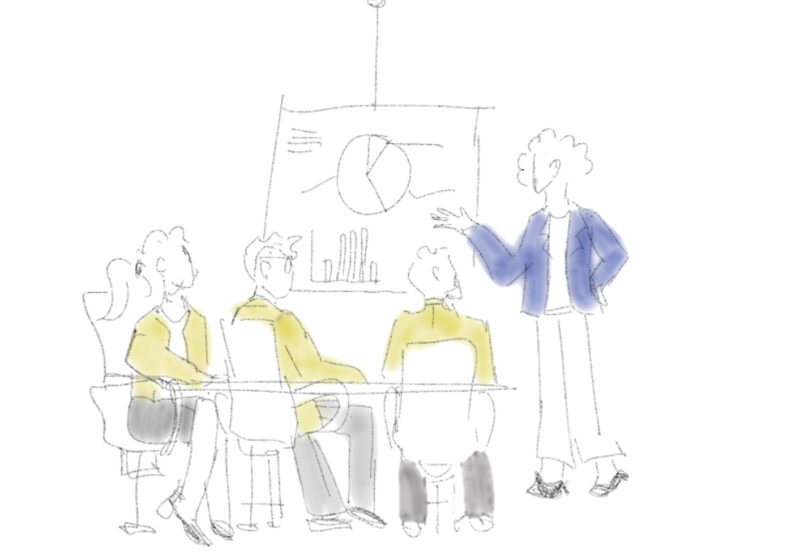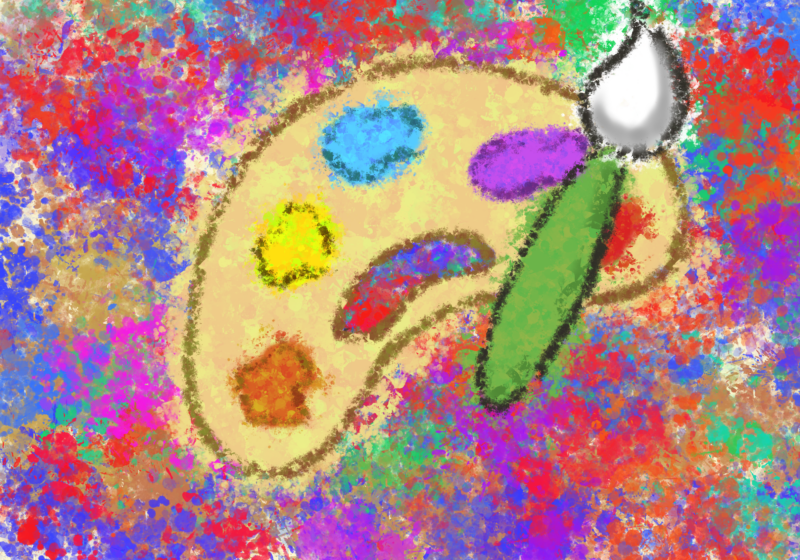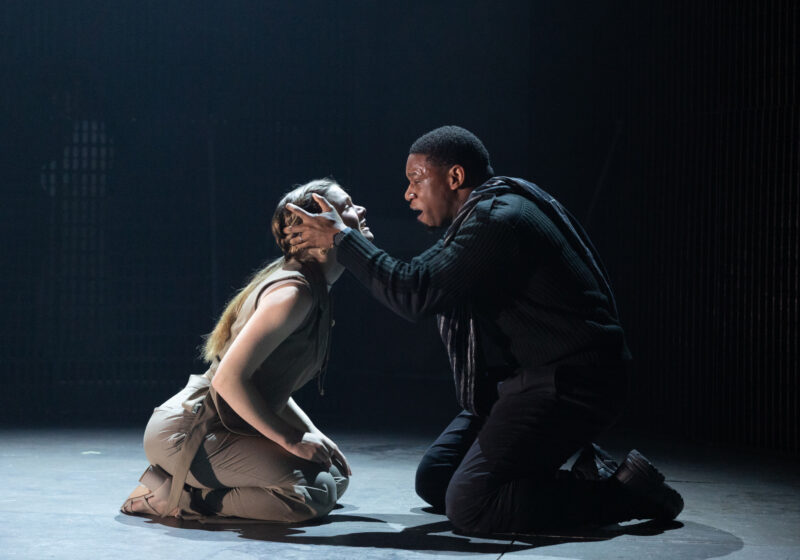Magnum photographer and University of Texas Clinical Professor of Photojournalism Eli Reed’s exhibit, titled “Black in America,” captures the community and a wide range of emotions, from pain and sorrow to joy and triumph, and shows what it means to be alive in the diverse culture of black America. Reed has traversed the nation, visiting places ranging from the Million Man March in Washington, D.C. to the riots in Los Angeles to compile a unique collection of photographs. This display installed in the George Eastman House International Museum of Photography and Film until June 29 also features a number of photos taken in Rochester.
Reed spoke about his work to a packed Dryden Theatre, adjacent to the museum last Thursday to mark the opening of his exhibit. He started off by explaining why he takes photos for a living. “I’m doing what I’m doing because you have to,” Reed said. “Somebody asks why you paint, because you have to. It’s not somebody telling you you’ve got to do that. You do it because something inside you has to say something.”
All of Reed’s work takes on a personal meaning as he captures the true nature of his subjects. Reed continued to talk about his involvement and the level of time commitment. “You get really locked into projects,” he said. “There’s a loss, my personal life has changed tremendously from working on the book ‘Black America’.”
Reed spoke about his photojournalism and also about working with his students, detailing what he looks for and expects from himself and others. “I think the best pictures I see, the ones that stick with me are not necessarily shouting,” Reed said. He calls it magazine versus doing something personal in relation to the job at hand. “Some of the best work I’ve see in journalism has the unspoken message.” This notion is always present in his pictures – each one has a story to tell.
Reed has 20 images on display chosen from his experiences from 1978 through 1996. The portfolio “Black in America” was published in 1997. One of the many photos is taken of a boxer training in Bedford Stuyvesant Boxing Center, in Brooklyn, N.Y. Another photograph Reed was asked to take for People Magazine in 1984, featured an ex-convict preparing for his wedding in an empty reception hall with his ring bearer, a little boy. Merely looking at these photos only begins to tell the story; there is much more beneath the surface.
Reed’s work documenting the black lifestyle in America has not stopped there. He has been to New Orleans to document the aftermath of Hurricane Katrina. “Things don’t happen with a giant roar necessarily,” he said, the people he met, things he saw and the general atmosphere. “It’s not just a big splash, it’s the little things.” The vivacity of the people Reed is around is the key to his work. “The best work I do is about the fact that people are living and surviving no matter what and you’ve just got to deal with that,” he said.
Reed was actually in New York during September 11 and documented the planes crashing into the World Trade Center. Reed was also commissioned by the director of the movie “American Gangster” to take photos to inspire the costume designers of the movie.
He was commissioned to walk around Harlem and photograph the feel of the neighborhood in the 1960s. “Doo rags in the ’60s were stockings, but now you can buy doo rags,” he said. “The community is what makes Harlem what it is. “To me, that feel [of the 1960s] is always there,” Reed said of the area.
The George Eastman House requested that Reed spend time documenting the people of the Rochester area. He spent a couple weeks here capturing the inhabitants of the city. Many of these photos are also on display as part of a digital slid eshow on computer in the exhibit. Reed’s shots are about interacting with people and getting to know them. One of the subjects he photographed was a modern dancer and choreographer in Garth Fagan’s dance studio. An additional picture was of a woman who has been a domestic violence victim and on the run for four years.
Reed’s latest work has had a great influence on him. “The recent work I’m doing is going to be more about the community of certain places, it’s not going to be about the whole deal,” Reed said. “It’s about certain cities I’m going to work on.”
I had the opportunity to meet Reed in person after the presentation. He is a man in love with his work and eager to offer guidance to his own students about their own photographic endeavors.
He offered his e-mail address and phone number to those that stayed to meet him. This was an opportunity to ask questions and get to know him better. Reed has been shooting black and white photos with film for quite a while. He recently made the switch to digital when he began taking more photos in color. He explained that he prefers film for black and white due to the qualities it offers and digital for color due to its versatility.
Levy is a member of the class of 2008.





